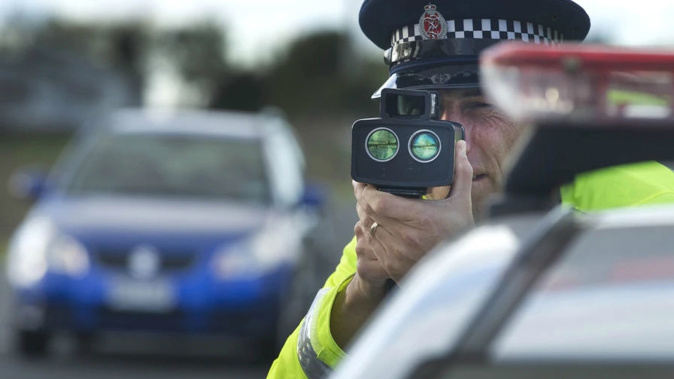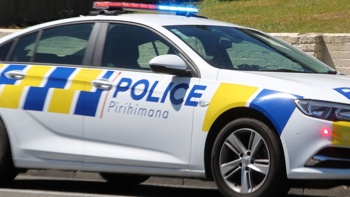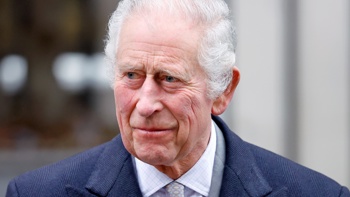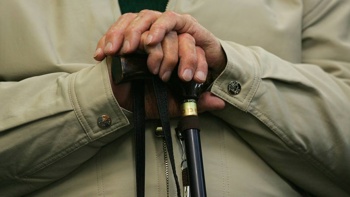
Speed limits on 700km of Auckland's roads are set to drop. The plan includes roads in 50km/h areas and open roads, and is part of a wide-ranging programme adopted by Auckland Transport (AT) to make our roads safer.
The plan will affect about 10 per cent of the city's 7000km roads network by the end of June next year, and will include roads in town centres, some other urban streets and some open roads in rural areas.
Town centre roads like Broadway in Newmarket and Tamaki Drive in Mission Bay and St Heliers will have their speed limit reduced to 30 or 40km/h. This is not a first for Auckland: some inner-city streets already have a 30km/h limit and Ponsonby Rd has a 40km/h limit. Many schools have a 40km/h zone around them.
Rural roads that will drop to 80km/h include parts of the Coatesville-Riverhead highway out west, Matakana Rd to the north and Alfriston Rd in the south.
The notorious intersection of Scenic Drive and Piha Rd will get special attention, with a 50km/h speed limit around the intersection, flashing studs in the road and more "advanced directional signage", which means warning signs placed further away.
The full list of roads and intersections that will get priority attention is still being developed.
While crash numbers are going down in many parts of the world, in New Zealand they're going up – and Auckland is driving that increase. The city suddenly faces a crisis: as we reported in May, over the last three years the rate of serious crashes in Auckland rose at three times the national rate. Last year 64 people died and 749 were seriously injured on our roads.
People inside cars contribute about half of the deaths and serious injuries. But it's "vulnerable road users" whose rates of death and serious injury are rising fastest. That's motorcyclists, cyclists and pedestrians.
The increase in Auckland's crash numbers can't be explained simply by the growth in vehicle numbers. The city's crash numbers have grown five times faster than the number of vehicles.
/arc-anglerfish-syd-prod-nzme.s3.amazonaws.com/public/5Y4ABBNVZVGSNCWDSQSA5NHZ24.jpg)
Yesterday AT board chair Lester Levy and CEO Shane Ellison presented their speed management intervention programme to the Planning Committee of the Auckland Council. The committee comprises the mayor, all councillors and two members of Independent Maori Statutory Board. Support for the programme was unanimous.
It's based on "Vision Zero" principles, which make safety is the priority. "Safety is the filter through which all transport activities will be assessed," Ellison told the Herald.
AT wants to reduce the 2017 death and serious injury figures by 60 per cent over the next 10 years.
High school students feature disproportionately in the crash numbers, as drivers and passengers in cars, and as pedestrians and cyclists.
But increases in the motorcycle crash rate are due to the number of middle-aged men now riding. Many buy themselves a bike that is far more powerful than the ones they rode when they were young.
The AT proposals also involve safer intersection design, more raised "tables" on suburban streets, more surveillance and enforcement, more education, more dedicated cycling and walking lanes and continued improvements to public transport.
"Public transport is one of the best traffic safety measures we have," said Ellison. "If you're on a train you're not going to be hit by a car."
AT has budgeted to spend three times as much on dedicated safety measures as it did last year. That's a $25 million budget that will rise to $75 million a year – not including spending on public transport, or walking and cycling.
/arc-anglerfish-syd-prod-nzme.s3.amazonaws.com/public/FR4MT7VCVFCJPNVPR3JRUMEBJU.jpg)
The number of intersections to be made safer will rise from the current 2 to 3 a year to 10 to 12 a year.
Ellison said he understands the Government "strongly supports" AT's plans. "So do the other relevant government agencies," he said.
They include the Police, who have an enforcement function, the Ministry of Transport who write the regulations, and the NZ Transport Agency, which funds highways and helps AT with other roads funding.
Ellison and Levy revealed to the council there will be some problems with the plan to make the city's streets safer.
One is that speed limits are currently determined by complex bylaws. All changes have to be identified street by street and consulted on Auckland-wide before being approved by the AT board. AT hopes the Government will simplify the process to make lower speed limits easier to introduce.
"If we have to go street by street it will take us years," Ellison told the council. "And meanwhile people are dying." He said the new bylaw should still allow public input "on the basis of a genuine belief a proposal is not right".
Another issue relates to red-light cameras. AT installed six at high-risk intersections earlier this year and plans to add another six each year for several more years. But surveillance is the job of the Police, who don't currently have the software capacity to process data from more than six cameras.
Ellison said he expects that to change soon.
"Another more general issue is that no one believes they are part of the problem," he said. "Other people are bad drivers, not you. So that calls for a public education programme."
There is also the problem, highlighted by Cr Richard Hills, that many people conflate efficiency on the roads with speed.
"But there's a difference between congestion and slowing down," Hills said. "Being stuck in traffic is annoying, but slowing down around schools and other high-risk spots should not be a problem."
Several councillors asked Ellison about the focus on speed. Distractions like mobile phones, the influence of alcohol and poor driver training were all mentioned.
Ellison said it was true, they all contributed to crashes. "But the data is clear, the underlying factor, so much of the time, is speed."
He presented a series of tables to the council, one of which showed the likelihood of someone dying in a crash at different speeds. In general, the faster the car goes, the more likely you are to die.
But there's a jump in the graph. At 40km/h and slower, you're more likely to live. At 50km/h and over, you're more likely to die. That suggests the safe driving speed is not 50km/h, but 40km/h or less.
Take your Radio, Podcasts and Music with you









